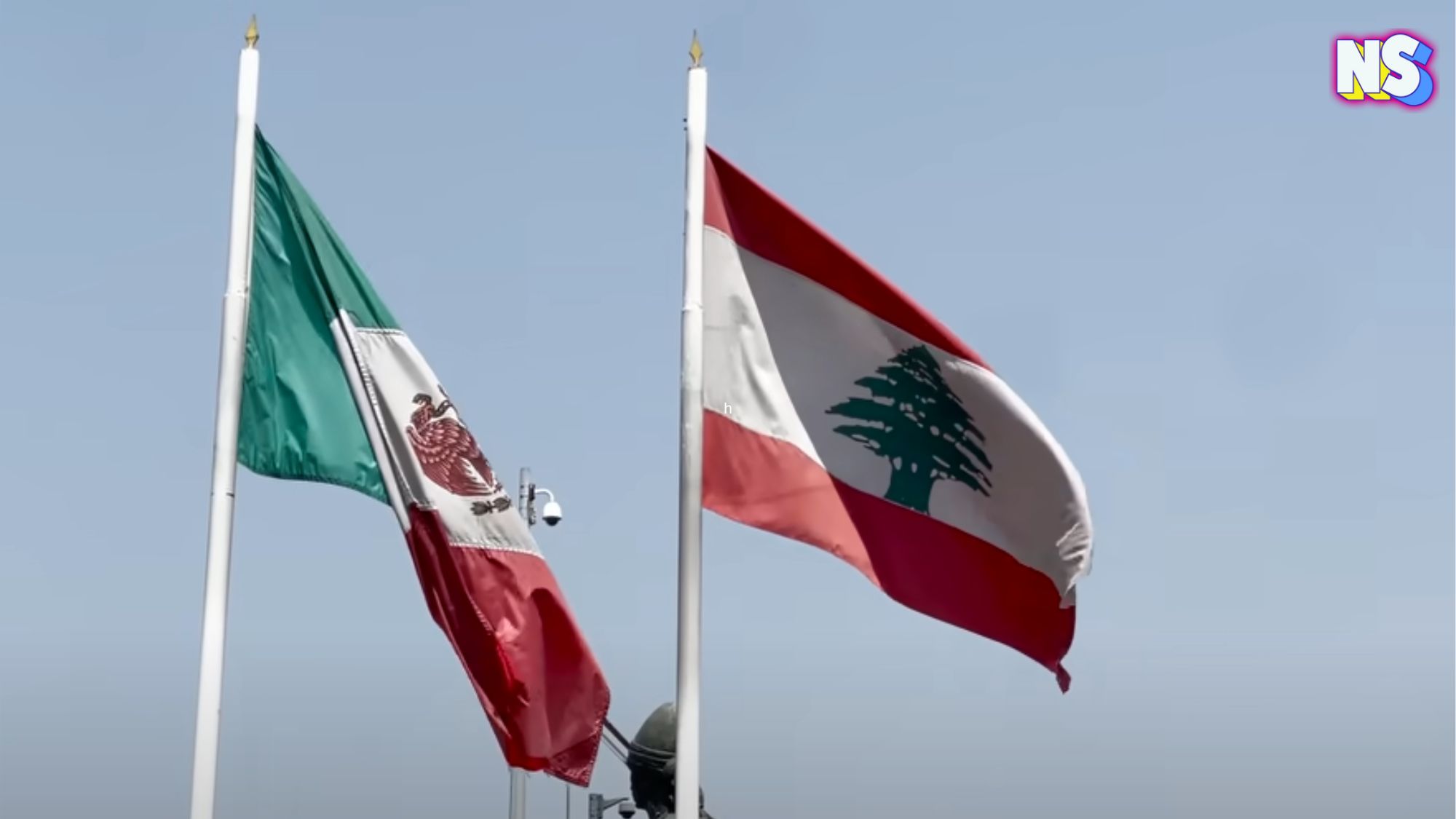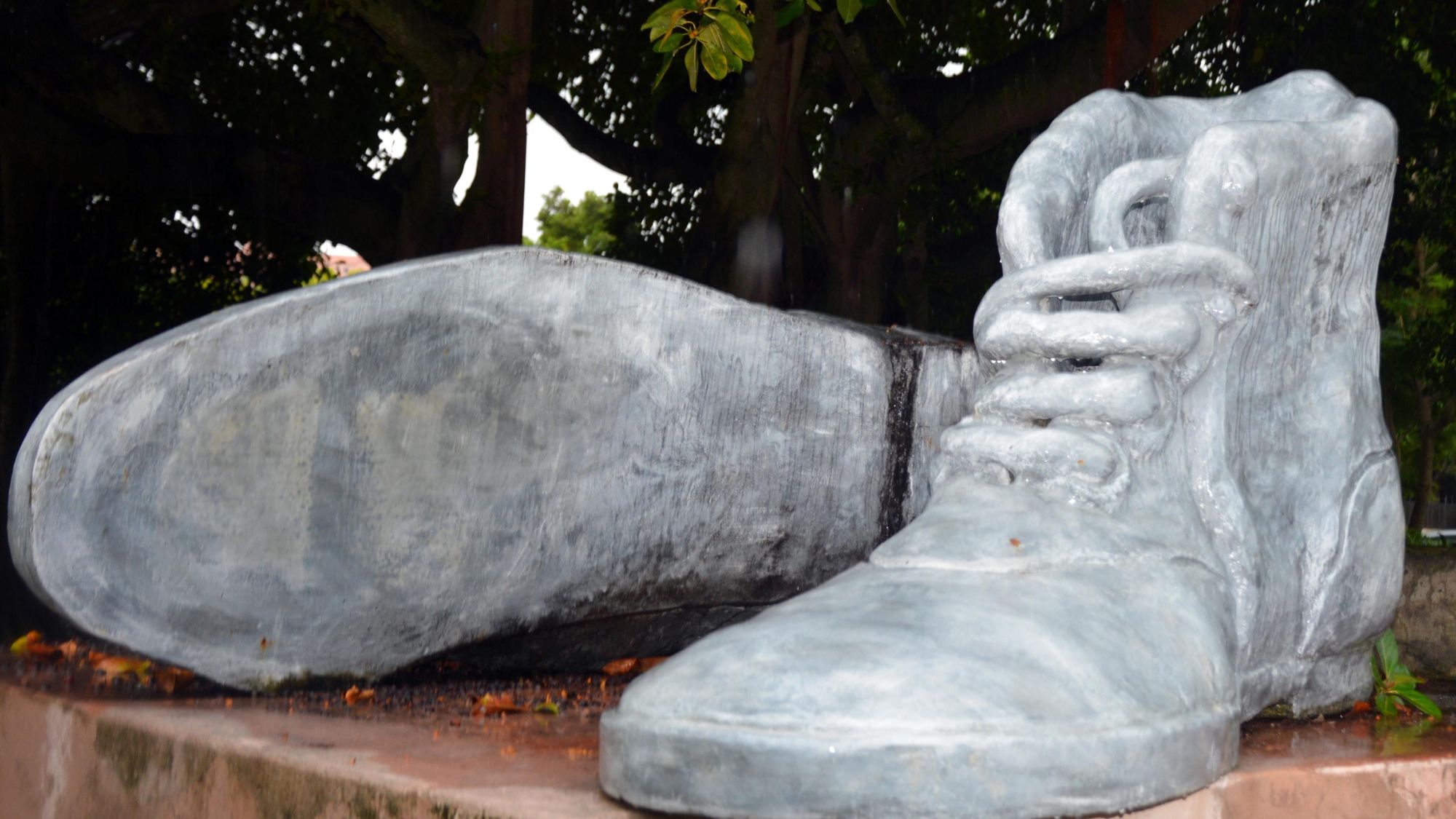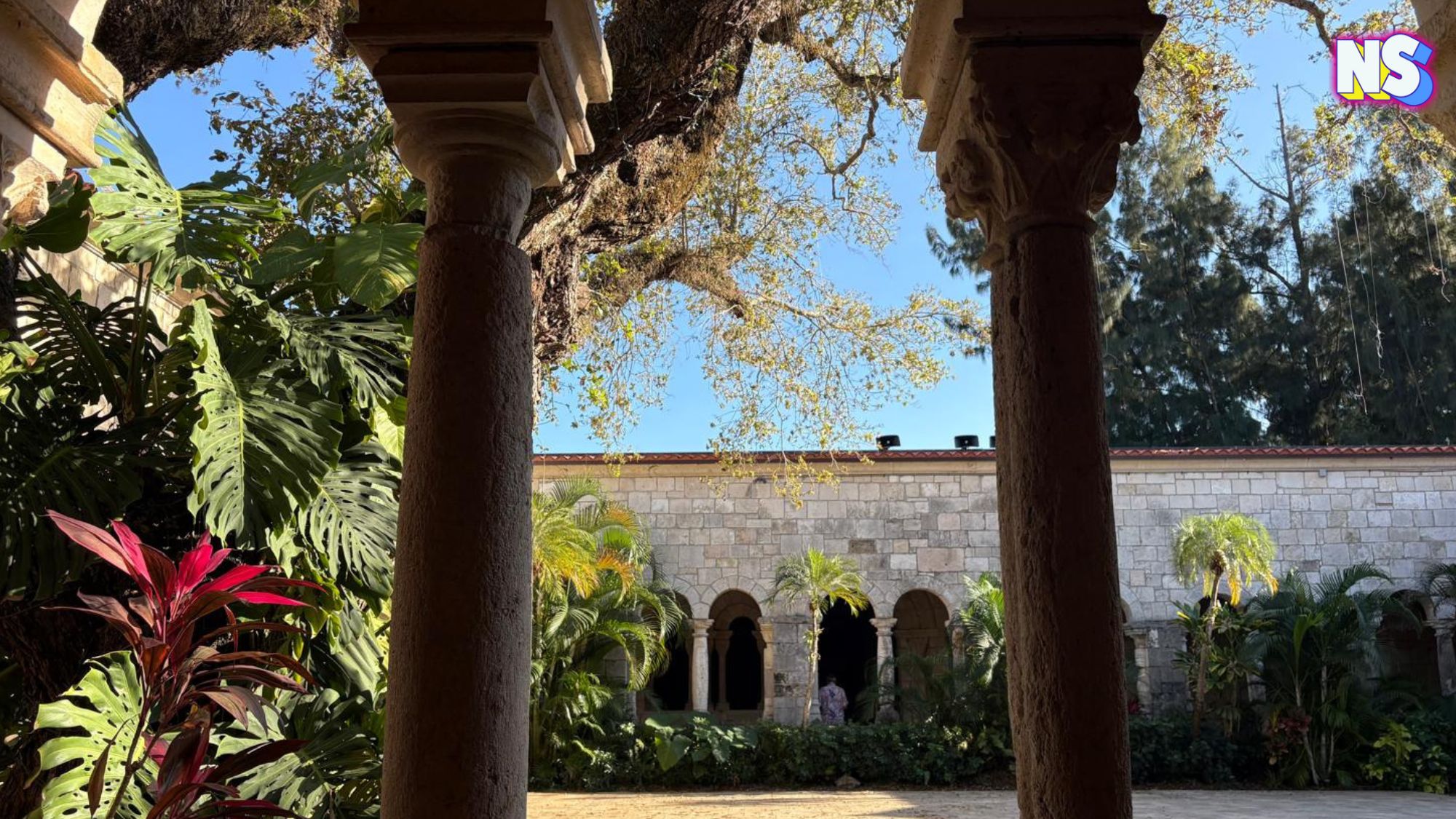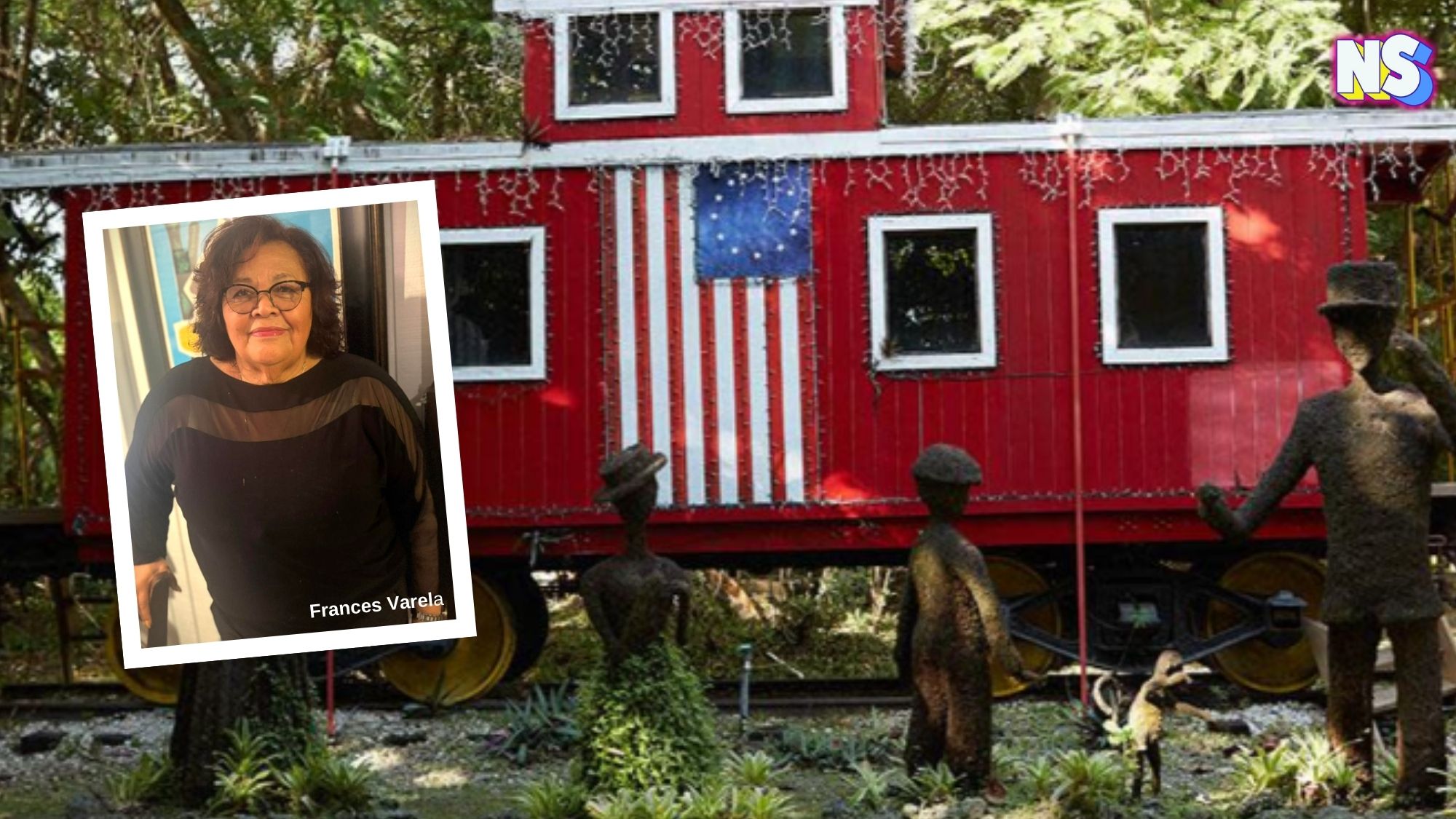Unbeknownst to many of us in Latin America, there’s a Mexican flag waving proudly in the heart of the Middle East … in Beirut, Lebanon. By why? The answer is a centuries-old tale of migration and enduring bonds that span continents and generations.
@fernandoviajando Que hace la bandera de mexico en un monumento en Beirut Libano? #ExploreMexico #VisitMexico #DiscoverLebanon #TravelLebanon #MexicanCulture #LebaneseHeritage #Wanderlust #TravelGoals #CulturalJourney #AdventureAwaits #MexicoTravel #LebanonTravel #TravelMexico #ExploreLebanon #BeautifulMexico #BeautifulLebanon #TravelAddict #TravelInspiration #MexicanAdventure #LebaneseAdventure #TravelDiaries #MexicoTourism #LebanonTourism #TravelGram #WorldTraveler #TravelLife #TravelDestinations #MexicanVacation #LebaneseVacation #SeeTheWorld #BucketListTravel
♬ Así Fue – En Vivo Desde Bellas Artes, México/ 2013 – Juan Gabriel
From Lebanon to Mexico
The late 19th century was a period of change for both Mexico and Lebanon. While Mexico, under the presidency of Porfirio Díaz, welcomed immigrants to boost its economy, thousands of Lebanese families were fleeing Ottoman repression and seeking a new beginning.
“Lebanese immigrants were reportedly fascinated by Mexico’s architecture, landscapes, people, and cuisine, while also introducing their own culinary traditions, leaving a lasting legacy,” Exfors Histori explains.
The first documented Lebanese immigrant, Father Boutros Ráfol, arrived in Veracruz in 1878. Respected for his Middle Eastern heritage and compassionate aid to the less fortunate, it’s said that Ráfol’s story inspired many others to follow. Soon, thousands of Lebanese immigrants settled across Mexico.
“The largest wave of Lebanese Christians emigrated to Europe and the Americas before World War I to escape conflict and famine under the Ottoman Empire,” Exfors Histori adds. “During the war, the Ottomans committed the Armenian Genocide, prompting many Lebanese to seek refuge elsewhere. In 1923, approximately 2,000 Lebanese arrived in Mexico, driven by sociopolitical and economic factors. Most were young men, often children or teenagers.”
@fernandacortesx I LOVE tacos al pastor!! #mexico #mexican #mexicanfood #lebanese #latina #latino #tacos #tacosalpastor #greenscreen
♬ La Bruja – Mexican Music Factory
How Shawarma Became Tacos Al Pastor
Perhaps the most notable, and delicious, legacy of this migration is the food, namely the national dish taco al pastor. Inspired by shawarma, a traditional Middle Eastern dish, Lebanese immigrants adapted the recipe using local pork, spices, and cooking techniques. The result? A uniquely Mexican street food staple that continues to win hungry fans worldwide.
RELATED POST: Wait, There’s a Little Slice of Germany in Venezuela?
But tacos al pastor aren’t the only culinary contributions of the Lebanese. They also introduced kibbeh (known as kibi in Mexico), tacos árabes, and huevos árabes, which remain popular dishes, especially in regions like Yucatán.
Hollywood Dreams and Lebanese-Mexican Stars
During Mexico’s Golden Age of Cinema (the 1930s to the 1960s), the Lebanese community made waves on the silver screen. Actors of Lebanese descent, such as Gaspar Henaine and Antonio Badú, rose to fame. Did you Actress Salma Hayek and Businessman Carlos Slim are also of Lebanese heritage?
@.anahit notice how they’re all good looking…???????? #middleeastern#latino#latina#middleeast#lebanese#arab#mexican#armexican
♬ original sound – Didy
A Legacy Written in Stone (and Statues)
Today, nearly 600,000 Mexicans trace their roots to Lebanon. Statues in Mexico City and Veracruz also honor the immigrants who shaped the nation.
So, why does a Mexican flag fly in Beirut? It’s a tribute to the enduring friendship between the two nations, symbolizing decades of migration and mutual respect.
“The Lebanese Emigrant statue was erected by Mexicans of Lebanese descent back in 2002 to represent Lebanese who have migrated to all countries around the world,” the 961 writes.
It also commemorates Mexico’s humanitarian aid to Lebanon after the devastating 2020 Beirut port explosion.
“After the tragic explosion on August 4, the square where the statue was erected was severely damaged and, despite all this, the sculpture itself was not damaged,” Mexican Ambassador to Lebanon José Ignacio Madraz said during a 2021 speech. “Many of us found this to be an expression of the image of the great resilience of the Lebanese people and their diaspora.”
Today, the monument and flags welcome those who travel to Beirut.
“Here we are … with the flag of Mexico and the flag of Lebanon together at the port of Beirut,” Travel host Juan Diaz, of Planeta Juan, says in his recent video Líbano: El país CONDENADO a desaparecer. “Behind them, in this small spot, we see the same flags again, along with the Statue of the Immigrant — a gift from the Lebanese community in Mexico to the city of Beirut.
What do you think? Did you know about Lebanon and Mexico’s bond?





